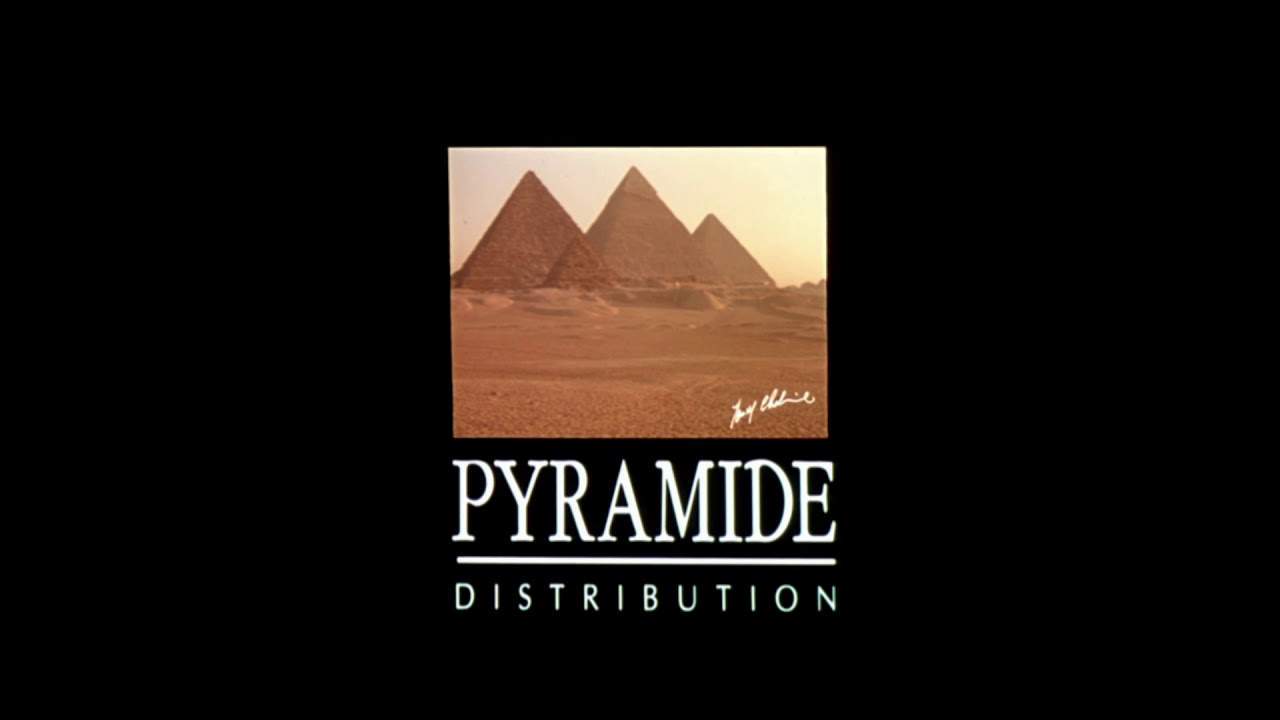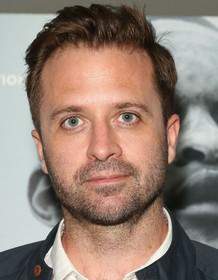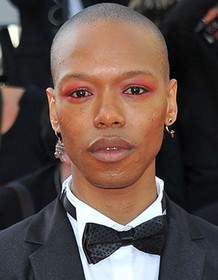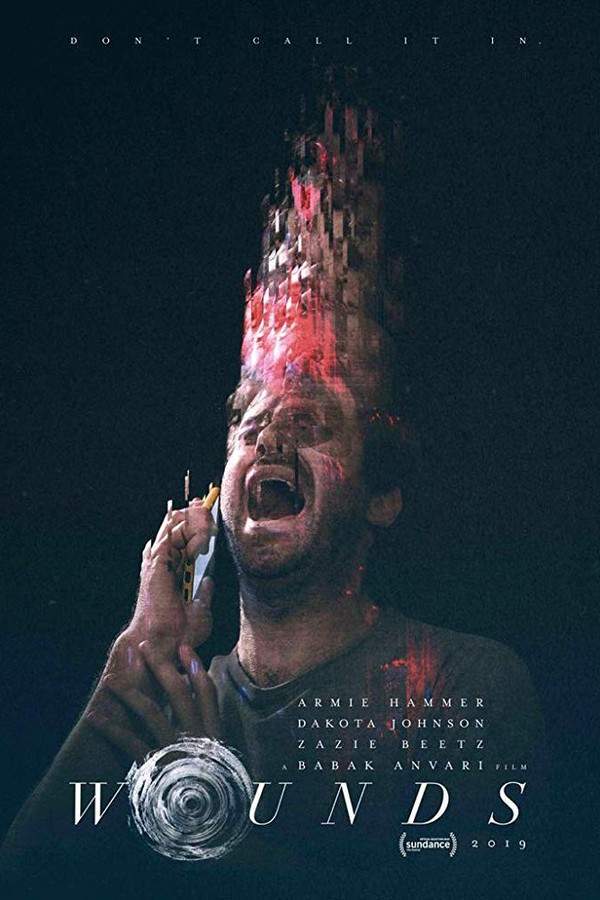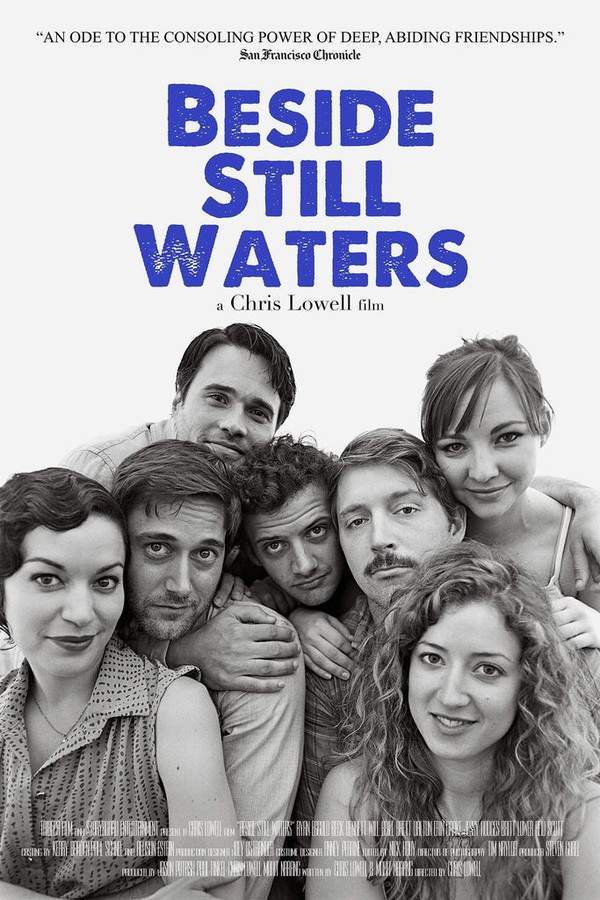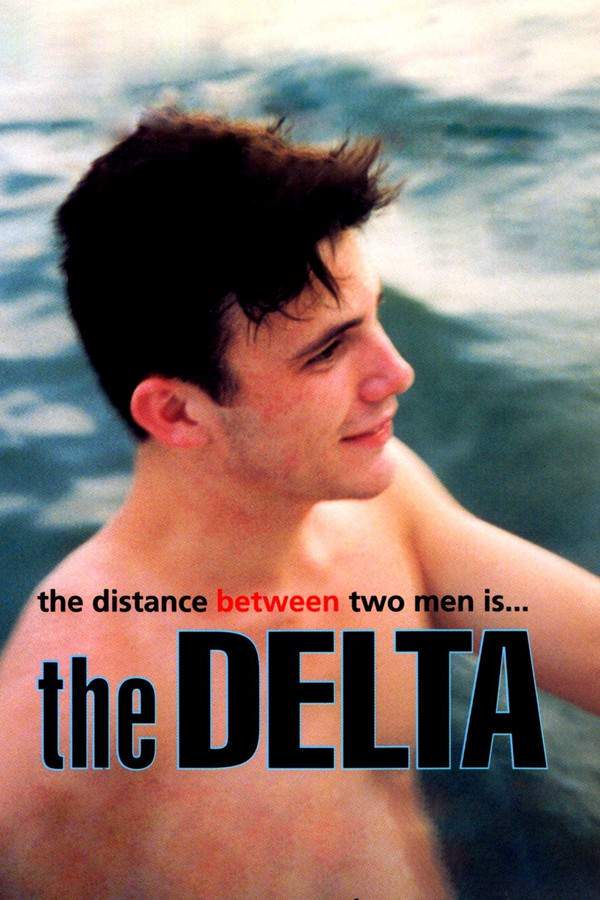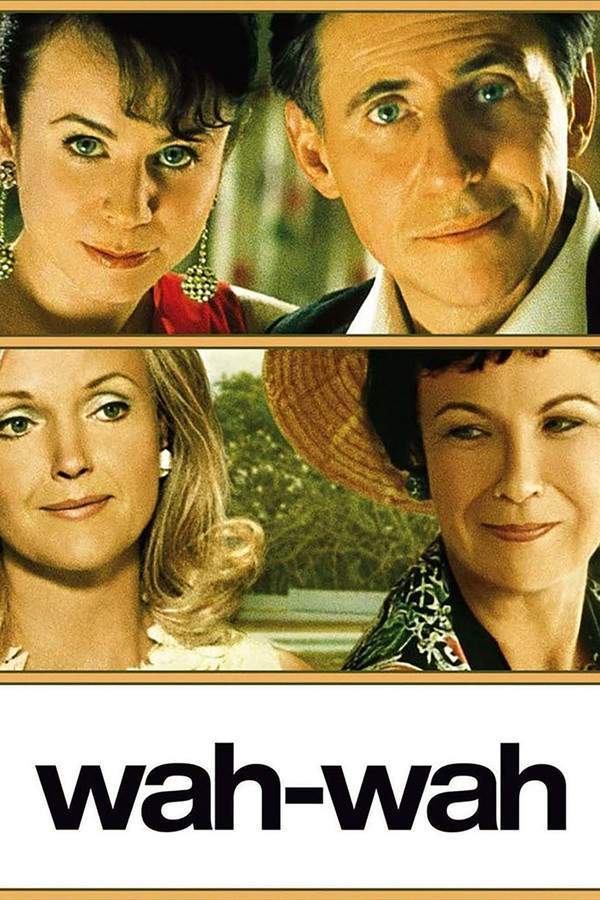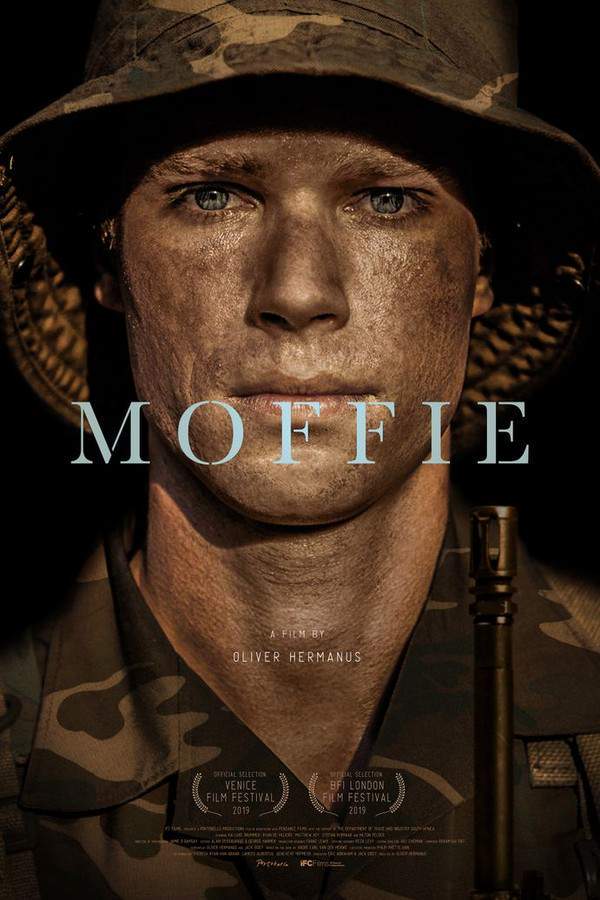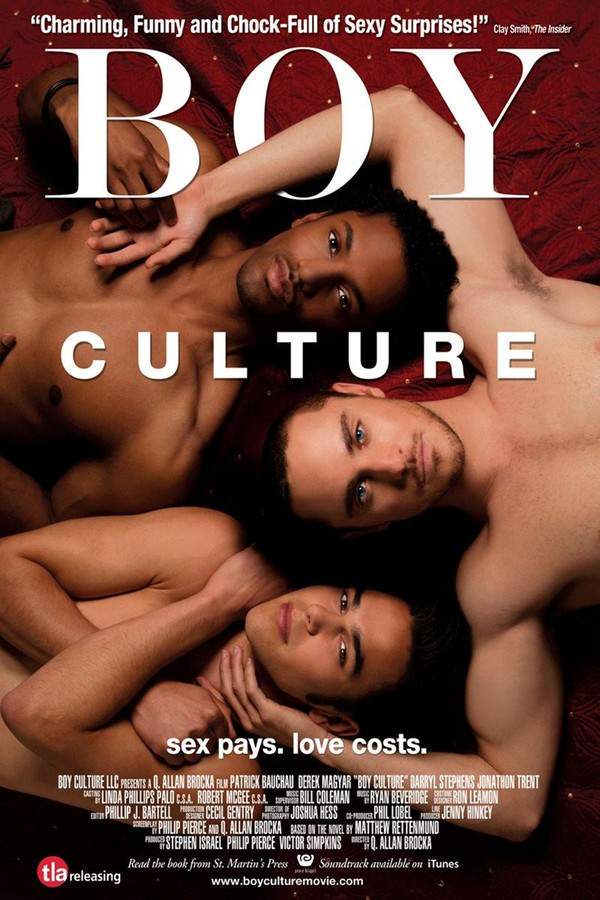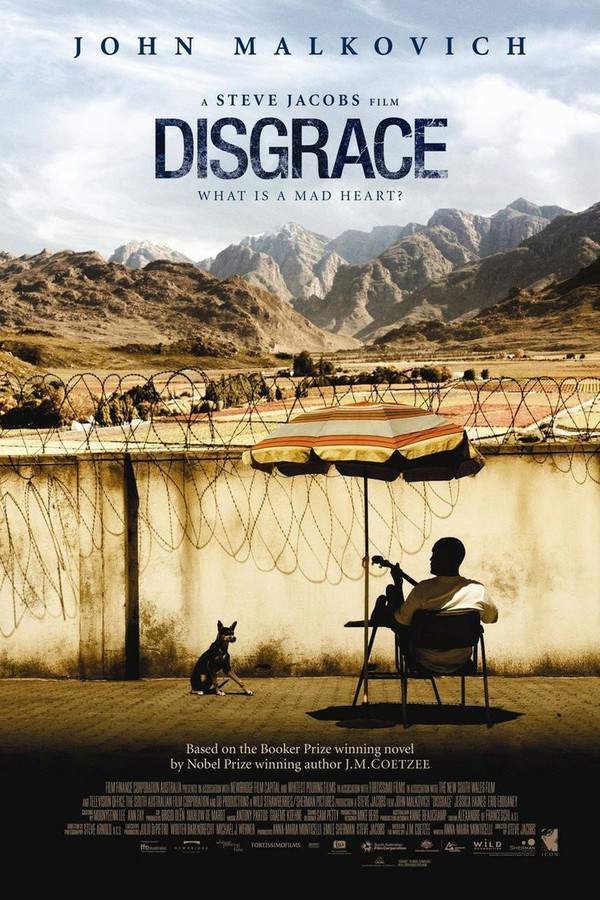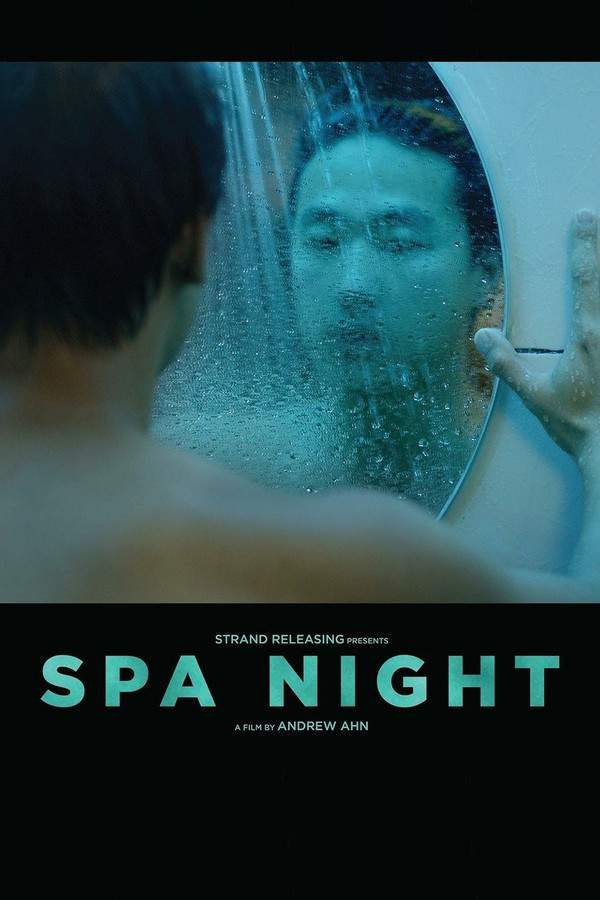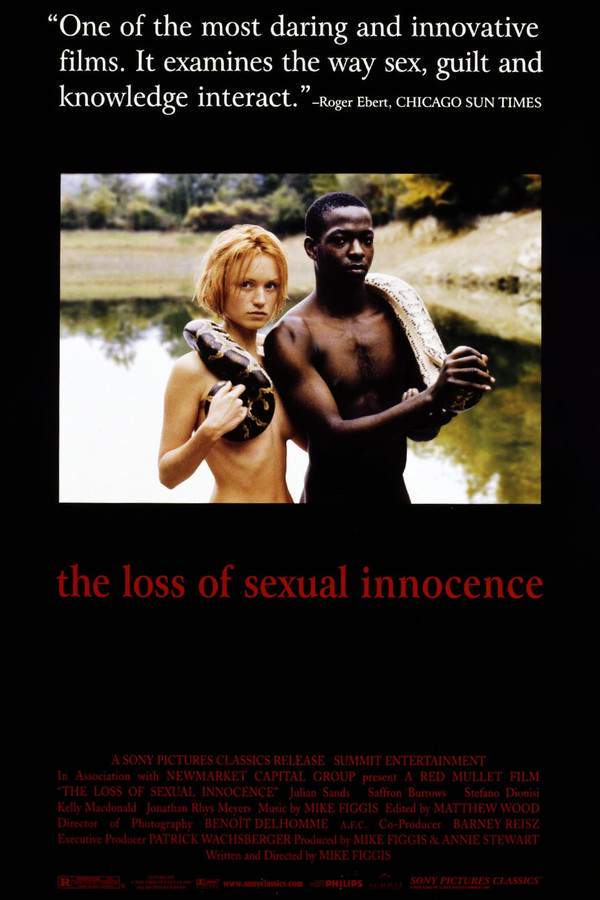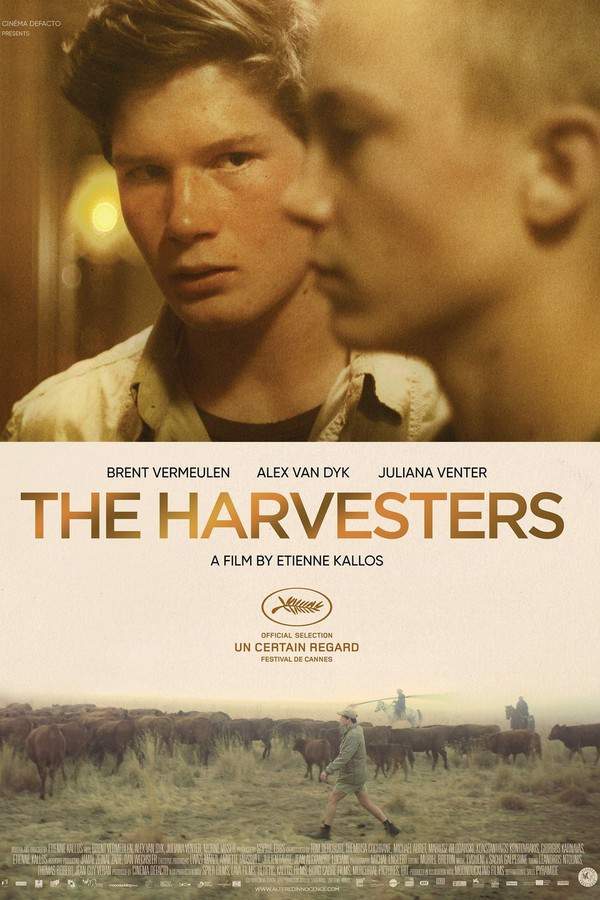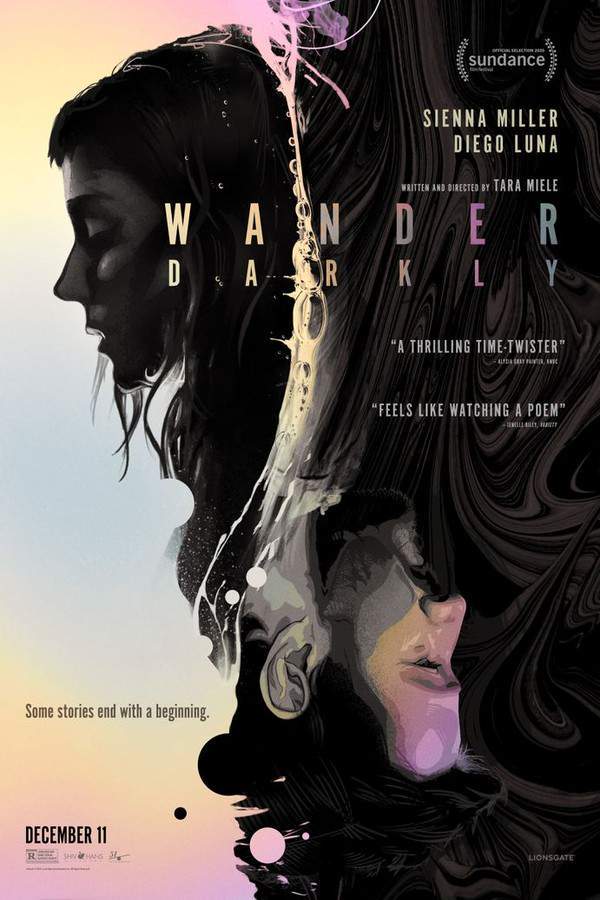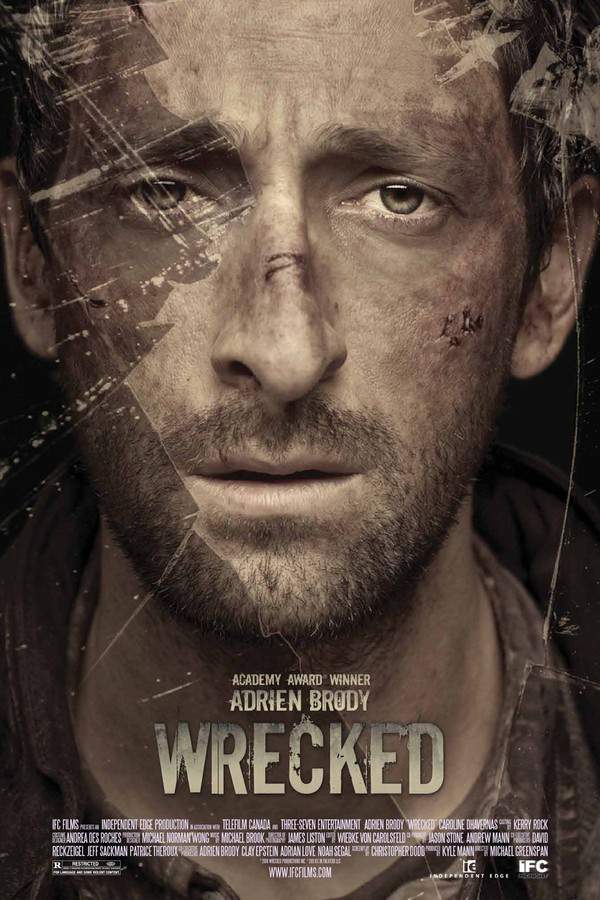The Wound 2017
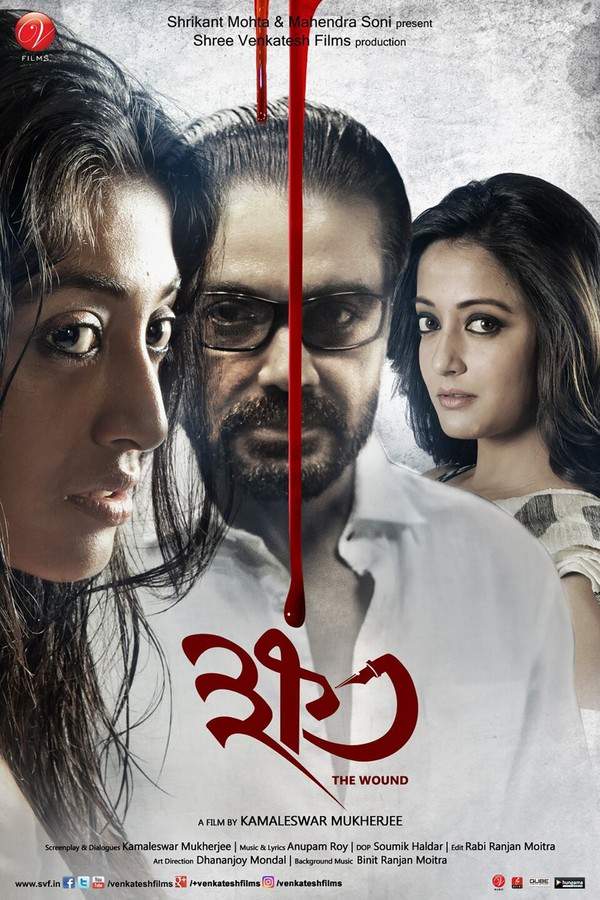
Set against the backdrop of South Africa's Xhosa culture, this story follows Kwanda, a young man from the city, and his guide, Xolani, as they participate in a traditional rite of passage. As they navigate ancient customs and a restrictive masculine environment, tensions rise and hidden desires surface. Their journey becomes a perilous exploration of identity, forcing them to confront not only the traditions around them but also their own evolving selves, leading to a revealing and dangerous dance of self-discovery.
Does The Wound have end credit scenes?
No!
The Wound does not have end credit scenes. You can leave when the credits roll.
Meet the Full Cast and Actors of The Wound
Explore the complete cast of The Wound, including both lead and supporting actors. Learn who plays each character, discover their past roles and achievements, and find out what makes this ensemble cast stand out in the world of film and television.
External Links and Streaming Options
Discover where to watch The Wound online, including streaming platforms, rental options, and official sources. Compare reviews, ratings, and in-depth movie information across sites like IMDb, TMDb, Wikipedia or Rotten Tomatoes.
Ratings and Reviews for The Wound
See how The Wound is rated across major platforms like IMDb, Metacritic, and TMDb. Compare audience scores and critic reviews to understand where The Wound stands among top-rated movies in its genre.

The Movie Echo Score
The Wound offers a compelling exploration of cultural tradition and personal identity, grounded in meticulously crafted visuals and nuanced performances. Critics highlight its intimate widescreen compositions and naturalistic editing, while audiences appreciate the emotional honesty at its core. The plot unfolds with deliberate pacing, balancing conventional coming-of-age motifs and challenging thematic questions. While some narrative beats feel uneven, the film’s cohesive sensory approach and thematic resonance deliver a lasting appeal. Ultimately, The Wound stands as a thoughtful and evocative cinematic experience.
The Movie Echo Score Breakdown for The Wound

Art & Craft
In terms of art and craft, The Wound excels through its evocative cinematography and measured editing. Reviewers note the dusk-lit silhouettes and wide-screen framing that lend intimacy to secluded landscapes. The film’s production design remains understated yet authentic, enhancing the ritual scenes without distraction. Overall, its visual style is consistently precise and engaging.

Character & Emotion
When it comes to character and emotion, The Wound presents nuanced performances and authentic emotional resonance. Reviewers praise the chemistry between Xolani and Vija and the layered portrayal of initiates facing cultural pressures. The restrained dialogue underscores deep vulnerabilities, allowing gestures and glances to convey internal struggles. In sum, the character work remains potent and credible.

Story & Flow
In terms of story and flow, The Wound blends a traditional coming-of-age framework with provocative thematic contrasts. Critics appreciate the film’s bold questions about tradition and sexuality, though some note uneven exposition and familiar narrative arcs. The pacing unfolds at a deliberate, slow-burning tempo, granting space for reflection. Overall, the plot maintains engagement despite occasional lulls.

Sensory Experience
When it comes to sensory experience, The Wound relies on its sound design and visual cohesion to immerse viewers. The minimalistic score complements natural ambient sounds, reinforcing the secluded setting. Reviewers highlight the soft-focus backgrounds and organic soundscape that underscore emotional tension. In effect, the film’s sensory palette is harmonious and reinforces its introspective tone.

Rewatch Factor
In terms of rewatch factor, The Wound offers lasting appeal through its thematic depth and visual precision. Viewers report lingering questions about cultural identity and personal growth that invite repeat viewings. While the slow pace may be challenging, the film’s nuanced performances and measured craftsmanship reward subsequent engagements. Ultimately, the work maintains a reflective resonance over time.

80
Metascore
6.4
User Score

6.8 /10
IMDb Rating
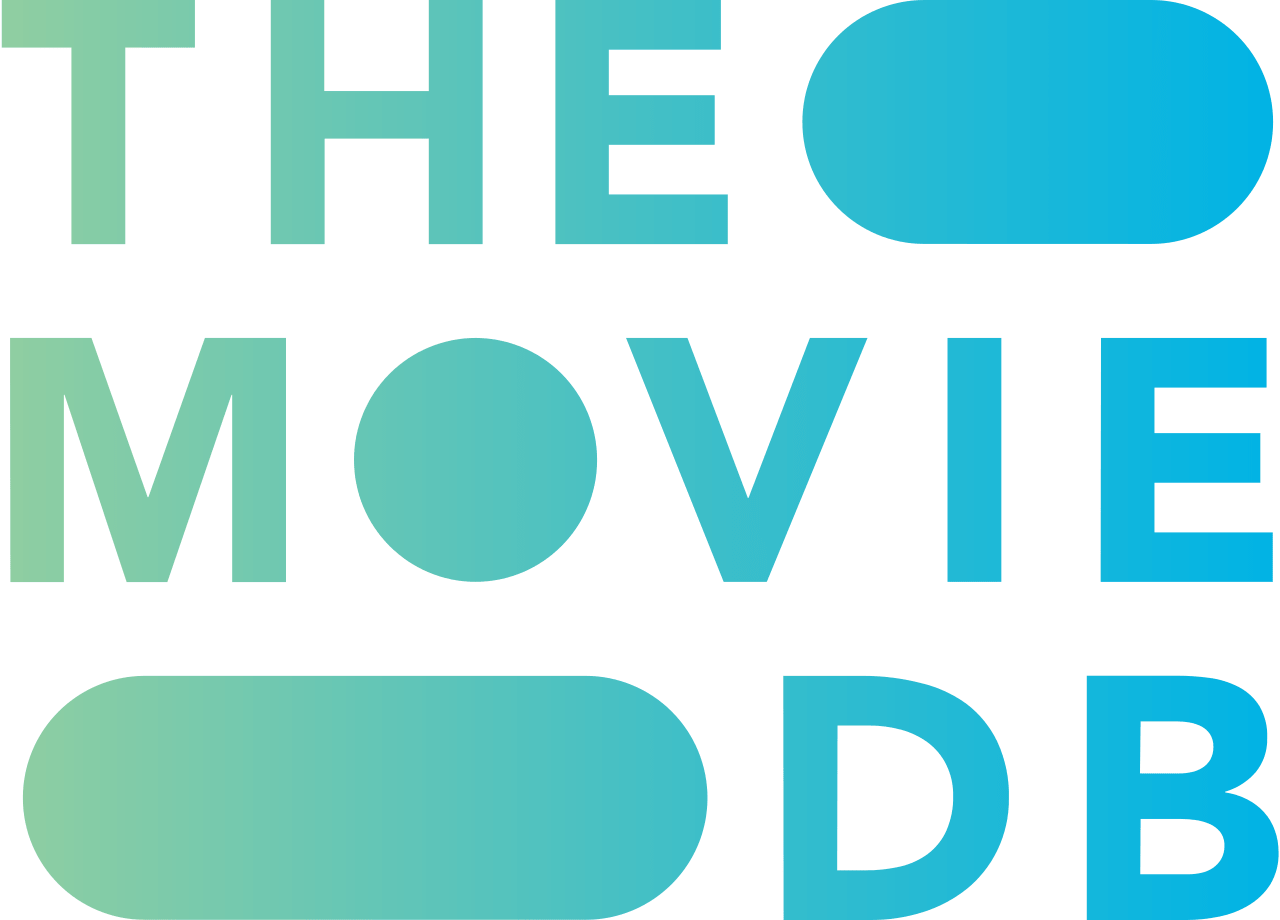
63
%
User Score

3.6
From 5 fan ratings
Take the Ultimate The Wound Movie Quiz
Challenge your knowledge of The Wound with this fun and interactive movie quiz. Test yourself on key plot points, iconic characters, hidden details, and memorable moments to see how well you really know the film.
The Wound Quiz: Test your knowledge about 'The Wound', a poignant exploration of childhood innocence amidst the chaos of war-torn Yugoslavia.
What is the main backdrop of 'The Wound'?
Yugoslav Wars
World War II
Cold War
Bosnian War
Show hint
Full Plot Summary and Ending Explained for The Wound
Read the complete plot summary of The Wound, including all major events, twists, and the full ending explained in detail. Explore key characters, themes, hidden meanings, and everything you need to understand the story from beginning to end.
Rane opens with a poignant dedication to “the generations born after Tito.” This compelling film tracks the lives of two boys, Pinki and Švaba, as they navigate their preadolescence and early teenage years in New Belgrade during the tumultuous Yugoslav Wars (1991–95).
Pinki, born on May 4, 1980—the very day Yugoslav president Josip Broz Tito passed away—carries a name reflective of his father, Stojan Mučibabić, an impulsive and patriotic officer of the Yugoslav People’s Army (JNA). Although Stojan initially sought to name his firstborn after Tito himself, municipal authorities deemed it too provocative during a period of national mourning. As a compromise, he landed on the name “Pinki,” inspired by another Partisan guerrilla fighter. In contrast, Pinki’s best friend, Švaba, is raised solely by his grandmother, a Croatian Serb who fled to Serbia during World War II amid atrocities committed by the Ustaše.
Residing in a block of apartments in the Paviljoni neighborhood, both boys display youthful innocence—Pinki is more contemplative and articulate, while Švaba often struggles with his temper and impulsiveness. They also befriend Dijabola, an awkward outsider with thick glasses who has a glamorous but distant single mother, Lidija. A well-known television personality, Lidija captures attention, yet her absence looms large; meanwhile, Dijabola’s Slovenian father remains absent from his life. While they include him in their gatherings, Pinki and Švaba often neglect him, treating him as a mere accessory in their escapades, subjecting him to relentless teasing and occasional physical abuse.
The narrative unfolds in late summer 1991, as the boys observe Serbian troops—comprising both regular JNA members and various militia groups—heading off to the war in Croatia, where the Battle of Vukovar is raging. Stojan grapples with his early retirement from the JNA, which has deprived him of the chance to fight, leading him to fixate on war reports. As he passionately supports the JNA and transitions into a staunch nationalist, his relationships with neighbors deteriorate, culminating in disputes marked by ethnic and political tensions. Fascinated but largely oblivious, young Pinki spends his free time wandering through clumsy explorations of adolescence, often with thoughts of Lidija on his mind.
By the years 1992 and 1993, Serbia faces a UN trade embargo, and the war transitions to Bosnia. Pinki, Švaba, and Dijabola become entranced by the exploits of a neighbor known as Kure, a charismatic figure who drives an impressive car and brazenly robs from Germany. Their appreciation escalates as Kure invites them to help unload his haul of goods from abroad, further igniting their youthful yearning for adventure. However, Kure singles out Švaba, who pressures him to also bring Pinki along, solidifying their bond with an aura of delinquency.
As they reach their mid-teens, Pinki and Švaba dive into a life of crime within the bewildering chaos of a transitioning society plagued by war and sanctions—a backdrop that feels both absurd and surreal. With aspirations to emulate the infamous Belgrade mobsters they see on the Puls Asfalta television show, they concoct schemes to attract the attention of production crews by committing minor crimes. As they rise in that clandestine realm, their friendship faces ruination when jealousy arises due to their mutual affection for Lidija. In a tragic turn, Švaba shoots Pinki, inflicting five wounds echoing the biblical injuries of Christ. Miraculously, Pinki survives and escapes the hospital, seeking reconciliation. Yet, the path to healing demands that he reciprocate with similar wounds—this unwritten code of friendship leads to more turmoil.
Ultimately, their reunion takes a chaotic turn when an enraged Dijabola confronts them, seeking revenge for the death of his mother during a tumultuous shootout. This tragic climax culminates in the deaths of both Švaba and Dijabola. Left wounded and lying on the ground, Pinki offers a chilling laugh at the audience, declaring, “I made out better than you.”
Uncover the Details: Timeline, Characters, Themes, and Beyond!
Watch Trailers, Clips & Behind-the-Scenes for The Wound
Watch official trailers, exclusive clips, cast interviews, and behind-the-scenes footage from The Wound. Dive deeper into the making of the film, its standout moments, and key production insights.
The Wound Themes and Keywords
Discover the central themes, ideas, and keywords that define the movie’s story, tone, and message. Analyze the film’s deeper meanings, genre influences, and recurring concepts.
The Wound Other Names and Titles
Explore the various alternative titles, translations, and other names used for The Wound across different regions and languages. Understand how the film is marketed and recognized worldwide.
Similar Movies To The Wound You Should Know About
Browse a curated list of movies similar in genre, tone, characters, or story structure. Discover new titles like the one you're watching, perfect for fans of related plots, vibes, or cinematic styles.
Other Names for The Wound
Explore the alternate titles, translations, and working names for The Wound. Learn how the film is known in different regions, languages, and releases, and discover the variations that reflect its cultural reach and marketing choices.
Quick Links: Summary, Cast, Ratings, More

What's After the Movie?
Not sure whether to stay after the credits? Find out!
Explore Our Movie Platform
New Movie Releases (2025)
Famous Movie Actors
Top Film Production Studios
Movie Plot Summaries & Endings
Major Movie Awards & Winners
Best Concert Films & Music Documentaries
Movie Collections and Curated Lists
© 2025 What's After the Movie. All rights reserved.


